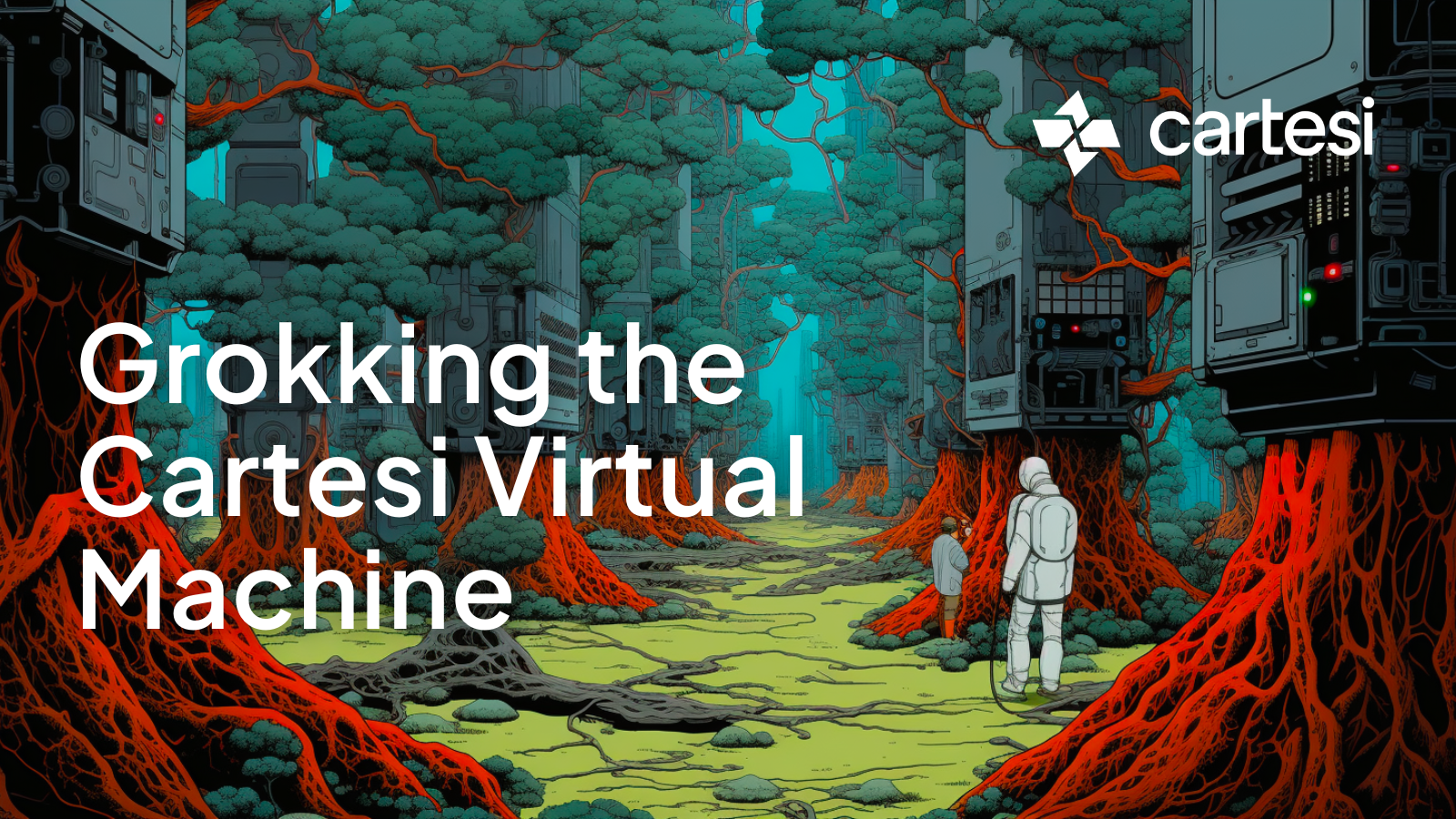Powering the future of composable, next-gen dApps with Espresso
Discover the key benefits this collaboration will bring and explore some of the early projects already leveraging this integration to build truly innovative dApps.
Written By Marketing Unit











